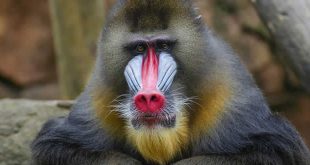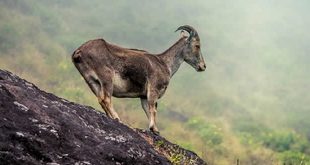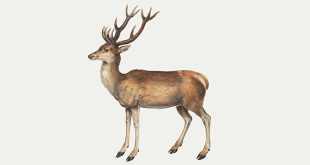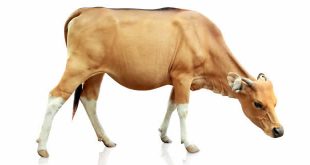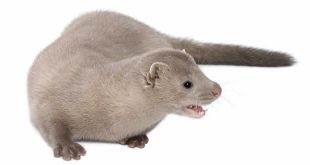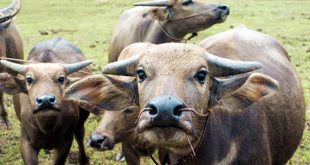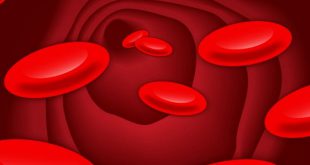 Deer Mouse — TPeromyscus maniculatus is a rodent native to North America. It is most commonly called the Deer Mouse, although that name is common to most species of Peromyscus and is fairly widespread across the continent, with the major exception being the southeast United States and the far north.
Deer Mouse — TPeromyscus maniculatus is a rodent native to North America. It is most commonly called the Deer Mouse, although that name is common to most species of Peromyscus and is fairly widespread across the continent, with the major exception being the southeast United States and the far north.
This mouse is a known carrier of Hantavirus, which can be transmitted to humans.
It is closely related to Peromyscus leucopus, the White-footed Mouse.
he scientific name for a deer mouse is Peromyscus maniculatus. The Peromyscus maniculatus has 66 subspecies. They are all tiny mammals that are plentiful in number. The deer mouse is described as a small rodent that lives in the Americas and is closely related to the white-footed mouse, Peromyscus leucopus. Because the two species are extremely similar in appearance, they can be distinguished through red blood cell agglutination tests or karyotype techniques. The deer mouse can then be distinguished physically by its long and multicolored tail. Deer mice are very often used for laboratory experimentation due to their self cleanliness and easy care.
The deer mouse is small in size, only 3 to 6.5 inches long, but can become longer with the length of their tail. They have large beady eyes and ears to increase their ability of sight and hearing. Their soft fur ranges in many colors, from white to black, but all deer mice have a distinguishable white underside and white feet.
Deer mice are nocturnal creatures who spend the day time in areas such as trees or burrows where they have nests made of plants. The individual litters of deer mice are contained by the female mother in an individual home range. The deer mice do not mingle in groups with their litters. During the development stages, the mice within one litter interact much more than mice of two different litters. Although deer mice live in individual home ranges, they do tend to overlap. When overlapping of home ranges occures, it is more likely to be with opposite sexes compared to the overlapping of the same sex. Deer mice that live within overlapping home ranges tend to recongnize one another and interact a lot.
The deer mice feed on seeds, fruits, arthropods, leaves, and fungi; fungi has the least amount of intake. Through out the year, the deer mouse will change it’s eating habbits to reflect on what is available to eat during that season. During winter months, the arthropods compose of one-fifth of the deer mouse’s food. These include spiders, caterpillars, and heteropterans. During the spring months, seeds become available to eat along with insects which are consumed in large quantities. Leaves are also found in the stomachs of deer mice in the spring seasons. During summer months, the mouse consumes seeds and fruits. During the fall season, the deer mice will slowly change it’s eating habits to resemble the winter’s diet.
 Kids Portal For Parents India Kids Network
Kids Portal For Parents India Kids Network
